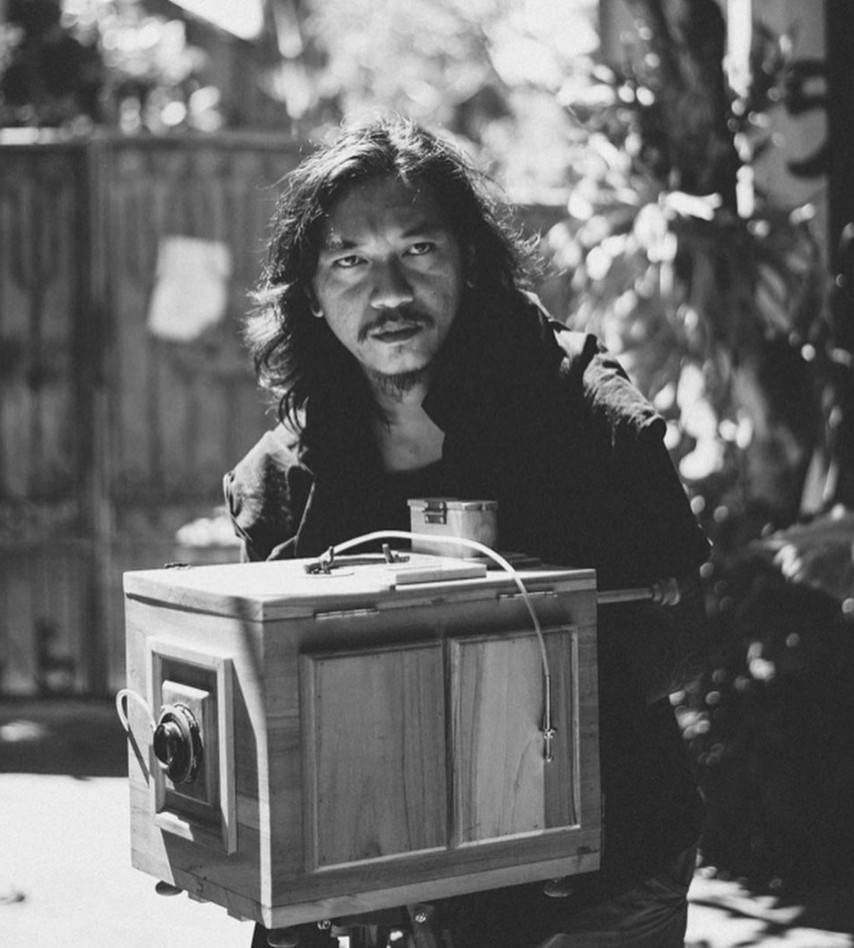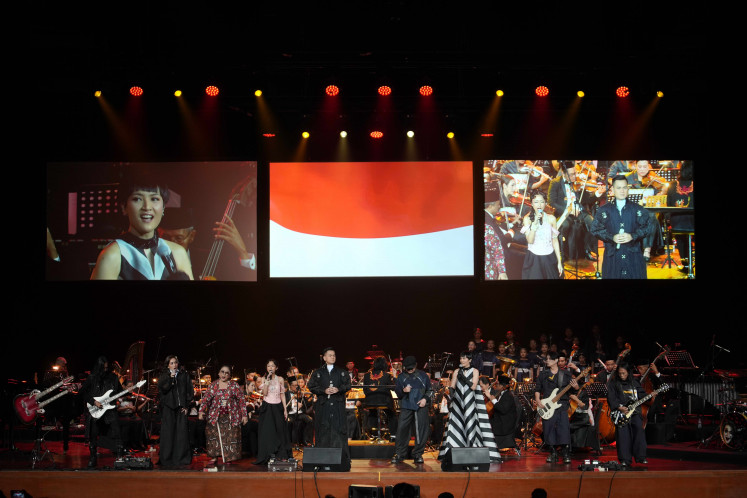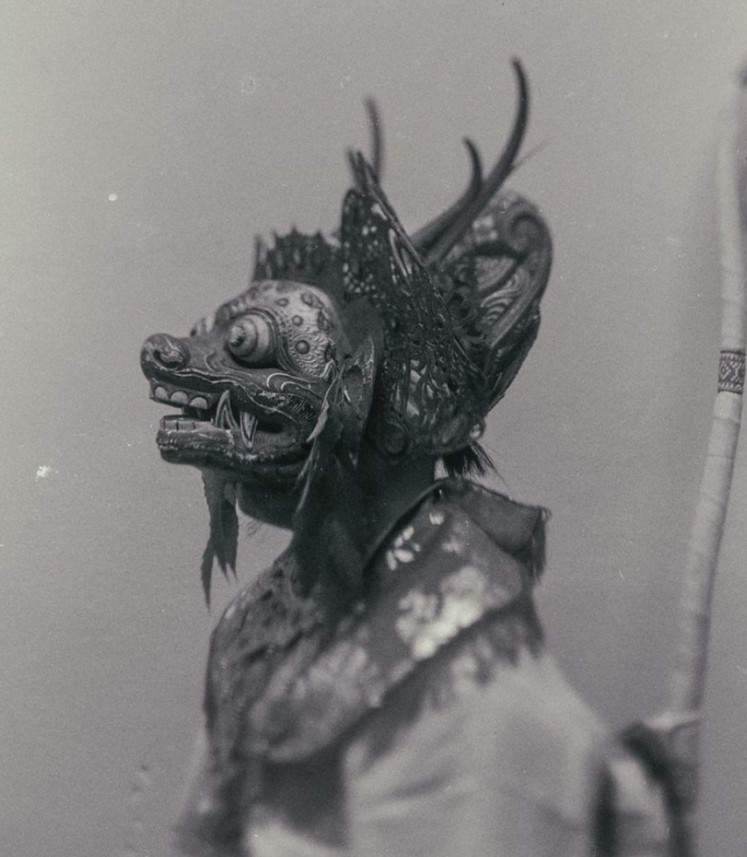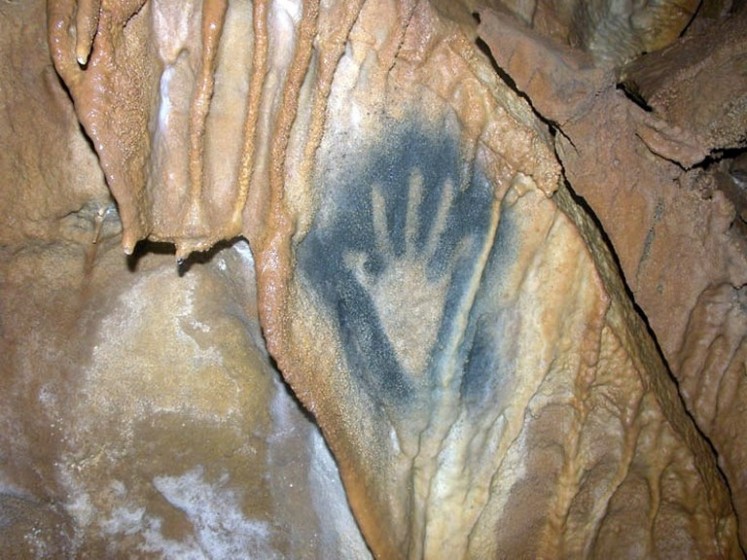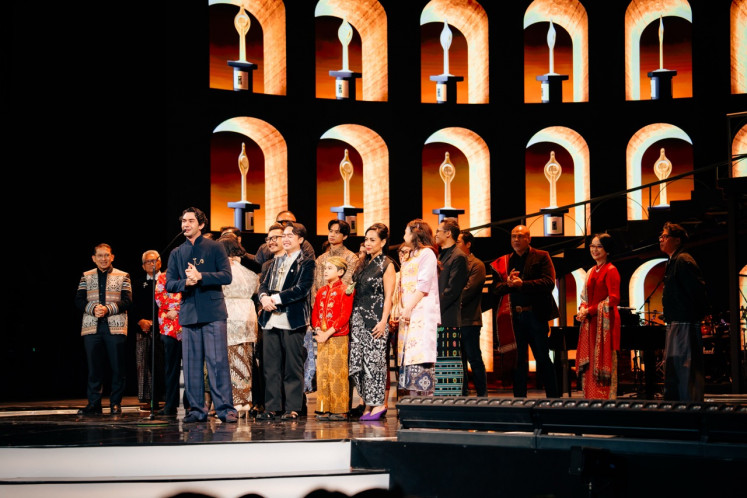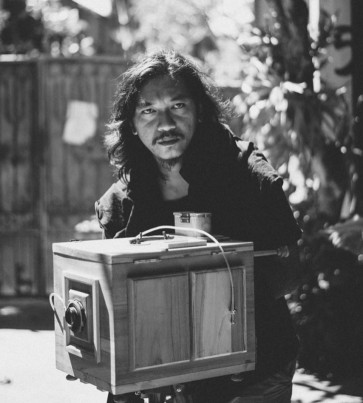Popular Reads
Top Results
Can't find what you're looking for?
View all search resultsPopular Reads
Top Results
Can't find what you're looking for?
View all search resultsIgniting Balinese cultural memory with the Afghan box camera
Black and white photographs are having a resurgence amid the sea of Balinese imagery circulating on the internet. Compelling pictures of yesteryear, describing the people and landscape, ignite nostalgia.
Change text size
Gift Premium Articles
to Anyone
F
oreigners often yearn for the supposed “real Bali”, the precolonial era when the island was without modern influences. There is, too, a growing sentiment among the Balinese in search of change and a return to the wisdom of the past.
Balinese photographer I Gusti Agung Wijaya Utama S. Sn is a changemaker who is endeavoring to reignite cultural memory while inspiring awareness and discussion. Gung Ama, as he is known, doesn’t use digital cameras. He believes technology and the modern mindset are destroying the art of photography. He prefers the manual, handmade processes of the past. His instrument of choice is the Afghan box camera.
Also referred to as the street box camera or kamra-e-faoree, the Afghan Box Camera is a bulky handmade wooden contraption. It is both a camera and a self-contained darkroom. Within the box, mounted on a folding tripod, black-and-white photographs are produced within minutes, without film, by making a paper negative and then photographing the negative to create a positive image.
“Unlike most Balinese, I cannot draw or paint, nor do I have other artistic skills. My artistic sense, however, is very high. Through photography, I can express my talent, learn and grow,” said Gung Ama, an alumnus of the Indonesian Art Institute (ISI) in Denpasar who majored in photography. “I have been interested in Afghan cameras since 2019. Yet I was only able to make my journey of learning through experience happen in 2021. Studying old photography techniques triggered my instincts to seek to experiment with taking these pictures.”
Indonesia in pictures: A photo of wayang wong taken with an Afghan box camera. (Personal collection/Courtesy of I Gusti Agung Wijaya Utama)Kamra-e-faoree comes from the Persian Afghani language of Dari and means “instant camera”. It was first used in small towns and villages with no photographic studios. Traveling photographers visited these places and would improvise a studio on the spot. Unfortunately, the box camera is on the brink of disappearing from Afghanistan, having been replaced by digital photography, modern studios and smartphone selfies.
“I construct the scenes for the images either within my studio or outdoors. The subjects are dressed in traditional attire in the studio and sit in front of landscape props and cultural objects to create a coherent old-world ambience. Many young couples are enthusiastic about appearing in photographs depicted as people from yesteryear,” said Gung Ama, who was born in Batubulan, Gianyar, in 1988, and began photography in 2006. “Outdoor photographs require me to look for a specific sight to capture the ideas I wish to express. I also must be sensitive to the natural light and how this may impact the final image. Under these circumstances, the outcome is unpredictable.”

